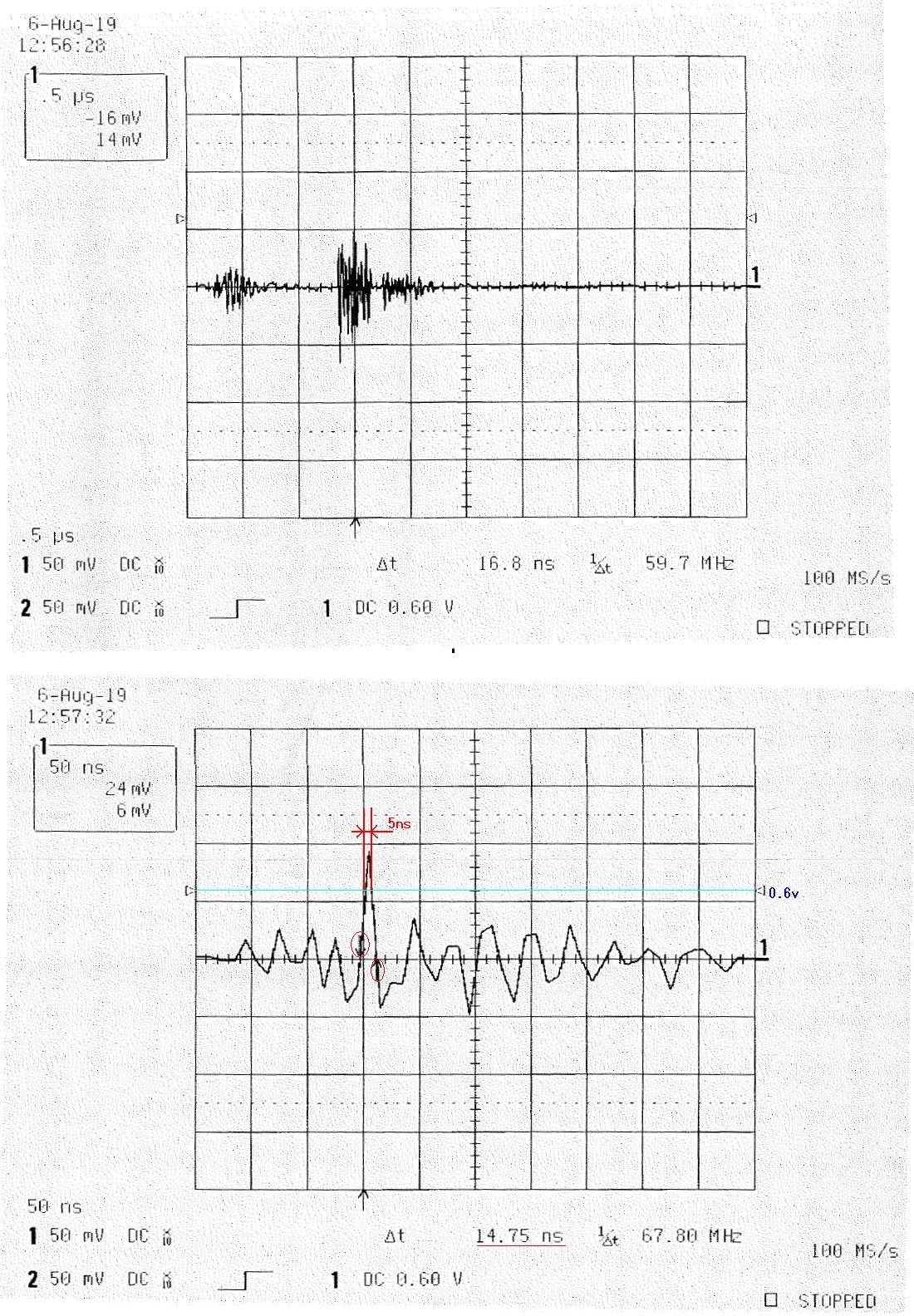Please add this to Liu Yang's question and let me know.
Looking at the DE pin waveform on the PCB board,
The level is maintained at around 0.4 V,
but it rises to around 1.1 V instantaneously.
(Width of 5us to 15us)
How many microseconds does the input signal need to be H to operate the drive circuit?
Is the signal ignored (the drive circuit does not move) if the H level time is short?



